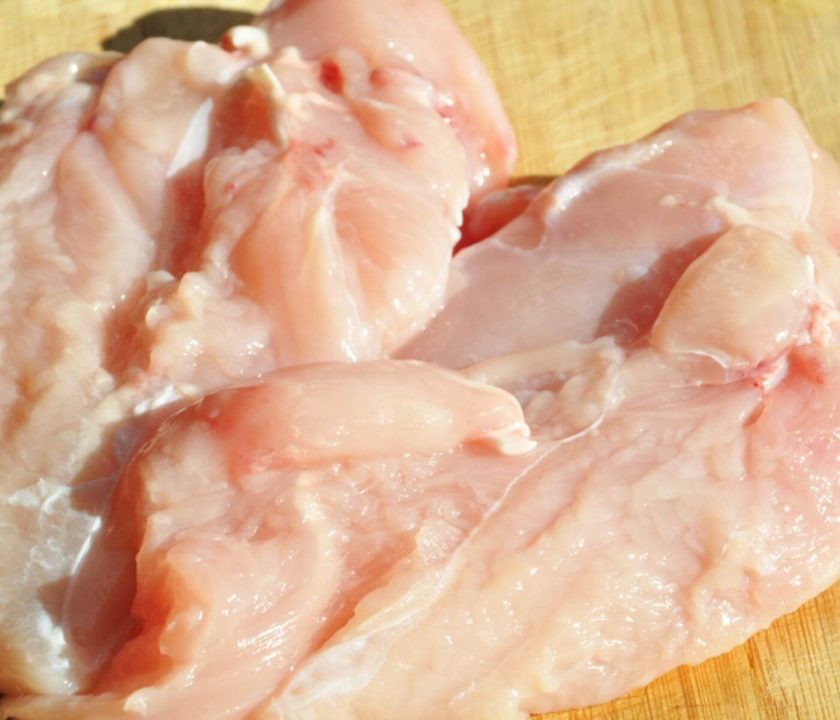Contenido disponible en: Español (Spanish)
Green Muscle, Deep Pectoral Myopathy, or Oregon Disease, is a myopathy that primarily affects tenders. Not being externally detectable creates a problem for companies that make whole chickens and basic cuts and economic losses due to seizure for those that make boneless cuts.
Green Muscle – GM was first detected in adult turkeys in 1968, then in breeders in 1975, and finally in broilers in 1980.
GM is a degenerative myopathy that causes necrosis and atrophy of one or both Pectoralis minor muscles, known as tender, fillet, or tenderloin. Due to the lesion, it acquires a color that goes from hemorrhagic, when the problem begins, to green, after a few days of its occurrence.
The GM is not externally detectable, which brings the problem to companies that rear chickens and/or basic cut up of only noticing its presence through the customer. In addition, if it is detected when the breast is deboned in the slaughterhouse, the tenderloins are seized. According to different authors, the
Keep up to date with our newsletters
Receive the magazine for free in digital version
REGISTRATION
ACCESS
YOUR ACCOUNT
LOGIN
Lost your password?

